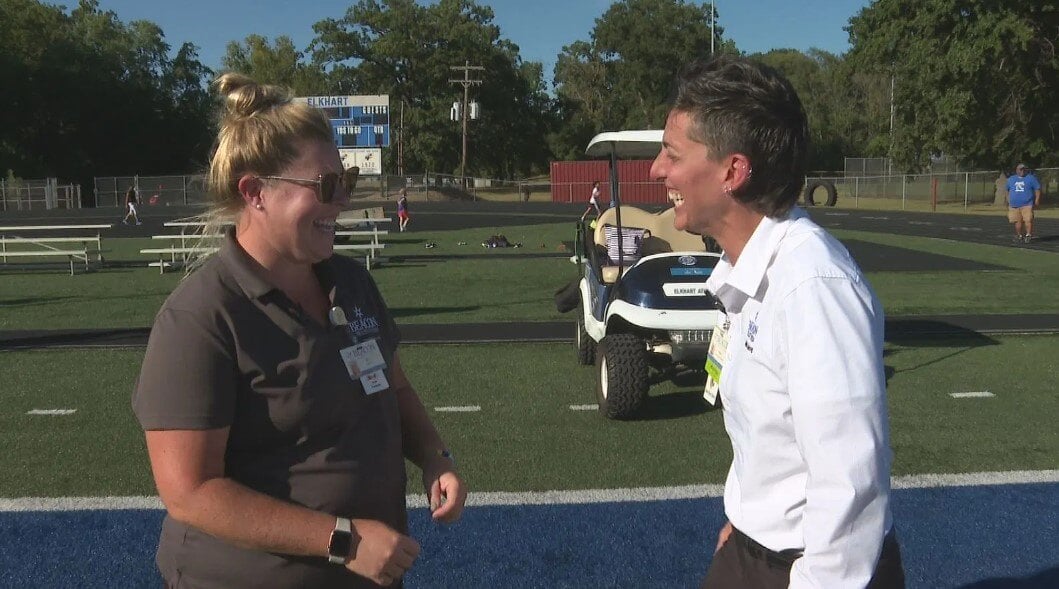New Statement Focuses on Safe Return to Sports for Athletes with Arrhythmias
 A new consensus statement from the Heart Rhythm Society (HRS) emphasizes getting athletes with arrhythmias back into their sports safely.
A new consensus statement from the Heart Rhythm Society (HRS) emphasizes getting athletes with arrhythmias back into their sports safely.
 Developed with the American College of Cardiology, the American Heart Association, and other professional bodies, the document provides evidence-based and expert consensus recommendations for the diagnosis, treatment, and management of arrhythmias in athletes of all ages.
Developed with the American College of Cardiology, the American Heart Association, and other professional bodies, the document provides evidence-based and expert consensus recommendations for the diagnosis, treatment, and management of arrhythmias in athletes of all ages.
Last July, Bronny James, son of NBA legend LeBron James, had a cardiac arrest during a workout that was caused by a congenital heart defect. In the past, most would have considered his playing career to be over because of a heart condition. The HRS is looking to eliminate these automatic preconceived notions with an official statement.
Rachel Lampert, MD, of Yale University School of Medicine, who chaired the writing committee, emphasized the “athlete-centered” approach.
“Past documents have focused on if an individual with a specific heart condition can return to play or not, but we've focused on the how—how can we make that happen as often as possible.”
While some conditions may carry prohibitive risks, many athletes can return to their sports following a thorough risk assessment and appropriate treatments.
The statement defines athletes broadly, including those engaged in vigorous training for both competitive and recreational purposes, as well as individuals in high-stress occupations like law enforcement and the military.
The guidelines recommend that athletes be evaluated by doctors knowledgeable about the unique demands and adaptations of high-level physical activity, with a focus on shared decision-making and individualized care.
The document also highlights the importance of emergency action planning for sudden cardiac arrest and prevention strategies for athletes with inherited cardiomyopathies and other conditions that increase their risk.
“We’re really focused on getting the athlete back to the life they want to live.”
Read the statment details here!
![HR Logo [Recovered]_Full Color Vertical-1](https://blog.healthyroster.com/hs-fs/hubfs/HR%20Logo%20%5BRecovered%5D_Full%20Color%20Vertical-1.png?width=199&height=178&name=HR%20Logo%20%5BRecovered%5D_Full%20Color%20Vertical-1.png)
 By
By


